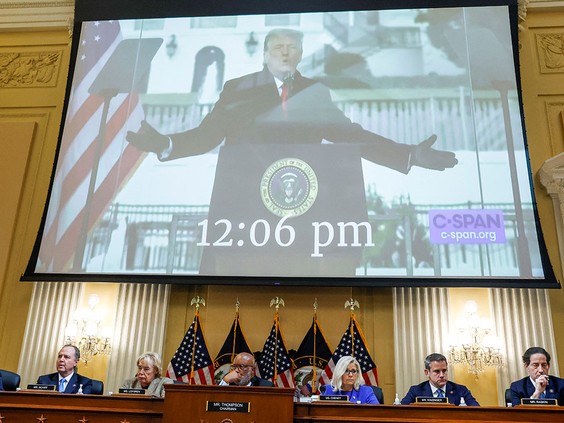Victims of US Nuclear Strategy: 63 Years since the Miyamori Elementary School Crash
(Japan) on 30 June 2022
by (link to original)
“There is nothing novel about the tragedy in Ishikawa.” This was the response that came from the U.S. military at the time, words that trivialized the incident and were an insult to the victims. The children of Miyamori Elementary School were, in essence, victims of U.S. nuclear strategy.
Even 50 years after the reversion of Okinawa to Japan, there has been no decline in the number of incidents involving U.S. aircraft, leaving citizens' lives still at risk. Due to the Status of Forces Agreement, Japanese aviation laws cannot be applied to the U.S. military. This unfair agreement must be fundamentally overhauled so that domestic laws are respected by all and safety can return to the skies of Okinawa.
The F100 jet that crashed into Miyamori Elementary School was deployed from Kadena Air Base. Previous to the school crash, there had been a string of incidents involving this type of aircraft, though this reality was not widely known at the time. According to a summary by the U.S. Air Force, there were 168 serious (or Class A) incidents involving F100s in the year before the school crash, resulting in the deaths of 47 pilots.
The U.S. military's official reasoning for the cause of the Miyamori Elementary School crash was “force majeure due to engine failure.” However, the most significant cause of the crash was actually maintenance error. Under normal circumstances, the aircraft should not have flown. It must also be noted that compensation given to the victims was far from adequate.
The U.S. military took care to ensure the incident did not drive anti-American sentiment and negatively impact American rule. However, in internal U.S. military documents obtained by the Ishikawa Miyamori 630 Association, the U.S. military downplayed the significance of the school crash, emphasizing that “accidental deaths have been an entirely normal occurrence since time immemorial.”
Under the Eisenhower administration, a large number of nuclear weapons were brought to Okinawa in the mid-1950s, with approximately 1,300 left there. Japan's Three Non-Nuclear Principles state that nuclear weapons must not be brought into Japan, but Okinawa was seen as a loophole, as it had been separated from the rest of Japan by the Treaty of San Francisco. This was clearly a double standard. The F100 jet that crashed into Miyamori Elementary School was capable of carrying a Mark 28 hydrogen bomb.
With nuclear weapons secretly introduced to Okinawa, residents were forced to live alongside the potential for destruction. On June 19, days before the U.S. aircraft crashed into Miyamori Elementary School, a Nike missile was accidentally deployed from Naha Air Base (present day Naha Airport) with a nuclear warhead still intact and was shot into the ocean.
Yara Choubyou, who was at the time head of the Okinawa Teachers Association, wrote the following about the state of the crash site in his diary.
“Without the base, there would be no tragedy. The sorrow of Okinawa, the grief of the victims. It is too awful. Too heartbreaking ... This day, June 30, when we witnessed that which has never been witnessed in all of history, is a day of unforgettable calamity.” (Yara's Diary, June 30, 1959)
According to the prefectural government, there have been a total of 826 incidents involving U.S. aircraft since Okinawa's reversion to Japan, which include events such as aircraft crashes, fallen components and emergency landings (as of Dec. 31, 2020). It is simply not acceptable that the lives and livelihoods of residents continue to be endangered and threatened by the stationing of U.S. forces in Japan.

